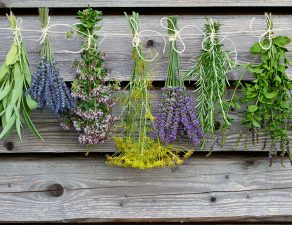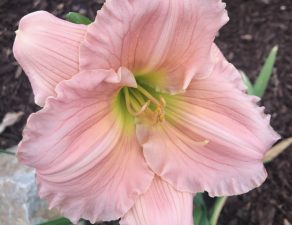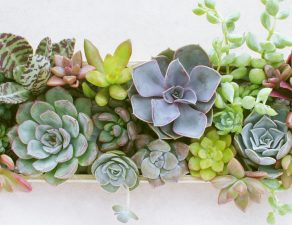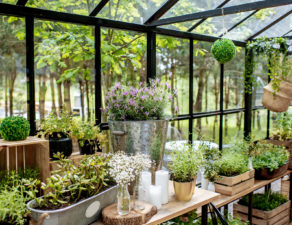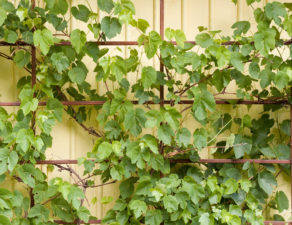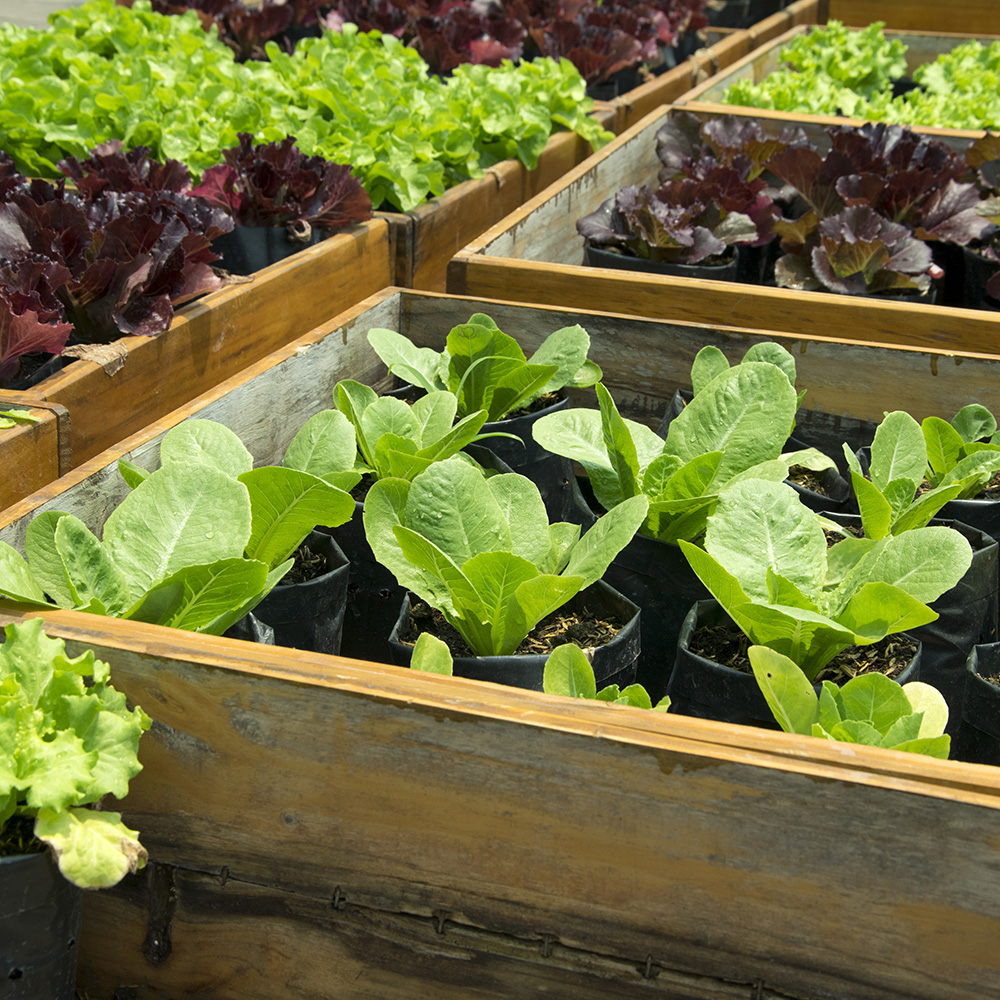
You have probably heard about the recent alarm over e coli found in Romaine lettuce. While relatively few people got sick, in comparison to how much Romaine is sold in grocery stores, the problem is still concerning. This isn’t the first time lettuce has been contaminated with a dangerous pathogen, and it probably won’t be the last.
The problem is that when large farms grow many square miles of crops out in their fields, it is impossible to control every variable that can introduce viruses or bacteria into our food. Animals frequent these fields, and rain or groundwater can become contaminated. There is no perfect system that will always prevent disease outbreaks. Lettuce, in particular, is a susceptible crop because the leaves readily absorb pathogens that aren’t easily washed away.
One way to avoid veggie anxiety is to grow your own food at home. It’s far simpler to control variables within a small home garden, and you can even grow some crops indoors (including lettuce).
Choose a variety of lettuce. Most varieties of lettuce are relatively easy to grow at home but pay attention to the climate if you want to plant your garden outdoors. Lettuce responds better to somewhat cooler conditions than many other vegetables. Temperatures between 65 and 70 degrees are best.
If you prefer to grow lettuce indoors, these varieties are known to perform well in kitchen gardens:
Merlot
Baby oakleaf
Garden babies
Lollo Rosa
Tom Thumb
Black-seeded Simpson
Growing lettuce in pots. If you want to grow your lettuce in pots, choose a sunny window to keep them. Each plant will need at least 8 inches of depth, and a width of at least 4 to 5 inches. Plant seedlings if you want to reduce your growing time, or sow seeds into potting mix about 4 inches deep. Water regularly until plants are well established, and then water as needed (when leaves begin to wilt, your plants are too dry). When watering, just dampen the soil; don’t soak.
Growing lettuce in a hydroponic system. These systems can be purchased as a kit, with everything you need included. Lettuce does grow very well this way, but the kits are more expensive than pots and a sunny window. It’s worth the investment, though, if you’re committed to providing your family with healthy, safe produce.


